Can you ride an electric scooter on the sidewalk? It’s a common question for new riders and city commuters, and the answer isn’t always straightforward.
In many urban areas, sidewalk riding is restricted or banned to protect pedestrian safety and maintain order in crowded spaces. Instead, scooters are typically meant for bike lanes or low-speed roads.
Understanding where you’re allowed to ride is essential for staying safe and avoiding tickets. In this guide, we’ll break down sidewalk laws across different states and cities so you can find out what’s legal and what could get you fined.
Can You Ride an Electric Scooter on the Sidewalk? An Overview
In many places, rules against riding electric scooters on sidewalks are common. This is mainly to keep pedestrians safe from accidents.
Key Points:
- Safety Concerns: Scooters can become obstacles for pedestrians, increasing the risk of collisions.
- Legal Restrictions: Many jurisdictions, such as California, have specific laws forbidding scooters on sidewalks.
- Alternatives: Scooter users are often encouraged to use bike lanes or roads. In Florida, riding is permitted in bike lanes.
- Liability Issues: If you ride on sidewalks and hit someone, you could be held liable.
Recommendations:
- Always check local regulations for scooter use.
- Use bike lanes where available to ensure both your safety and that of pedestrians.
Explore our long range electric scooter collection—perfect for commuting or exploring without worrying about your battery. These scooters are built for endurance and convenience.
Why Are Electric Scooters Often Banned from Sidewalks?
Many cities ban electric scooters from sidewalks due to safety concerns and infrastructure limitations.
While scooters are a convenient mode of transport, their use on pedestrian paths can create serious issues for both riders and those on foot.
To start, pedestrian safety is a major concern
Electric scooters can be a risk to pedestrians mainly because of their speed and ease of movement.
- High speeds make stopping difficult: Scooters can move quickly, and riders may struggle to stop in time if a pedestrian steps out unexpectedly.
- Risk to vulnerable individuals: Older adults, children, or people with mobility challenges may feel unsafe when scooters pass too closely.
- Potential for collisions: Even low-speed accidents between scooters and pedestrians can lead to injuries for both parties.
- Unpredictable movement: Scooters are narrow and agile, which makes them harder to anticipate and more likely to startle people walking nearby.
Next, consider the limitations of sidewalk infrastructure
- Sidewalks are designed for foot traffic: Most sidewalks are too narrow to safely accommodate both pedestrians and fast-moving scooters.
- Surface quality is often poor: Cracked pavement or uneven surfaces might be manageable for walking but are unsafe and uncomfortable for scooters.
- Obstacles are common: Features like trees, benches, street signs, and light posts limit the maneuvering space available to scooter riders.
- Crowded conditions: In busy urban areas, sidewalks are often packed—adding scooters to the mix increases congestion and disrupts the natural flow of people.
📌 Also Read: Can Scooters Go on the Highway?
Can You Ride an Electric Scooter on the Sidewalk? State-by-State Regulations
Electric scooter sidewalk laws vary across the United States. Some states strictly ban sidewalk riding, while others restrict it or leave it up to local governments. Because rules can change depending on your location, it’s essential to know state and city regulations before riding.
States Prohibiting Sidewalk Riding
Several states prohibit electric scooters on sidewalks to protect pedestrian safety. In these states, riders are typically required to use bike lanes or roads instead.
- California: Sidewalk riding is banned. Scooters must use bike lanes or streets.
- Oregon: Prohibits scooters on sidewalks except in limited situations like parking or crossing.
- Texas: While state law restricts sidewalk use, cities like Austin have their own additional bans.
- Massachusetts & New York: Also limit or prohibit sidewalk use in most cases.
If you live in one of these states, riding on the sidewalk could result in a fine. Always double-check your local laws before you ride.
States Allowing Sidewalk Riding with Restrictions
Other states permit electric scooter use on sidewalks but require riders to follow specific safety guidelines.
- Alabama: Sidewalk riding is allowed, but riders must yield to pedestrians and give an audible signal before passing.
- Arizona: Permits sidewalk use unless restricted by local ordinance; riders should still yield and ride cautiously.
- Michigan & Florida: Often allow sidewalk riding but may have local speed or behavior regulations in place.
- Colorado: Allows sidewalk riding, but local jurisdictions can implement their own rules.
In these cases, you may be allowed to ride on sidewalks in quieter areas, but always prioritize pedestrian safety and ride at a slow speed.
In some states, regulations remain unclear or vary locally
A few states do not have statewide rules specifically addressing electric scooters on sidewalks. Instead, they leave decisions to individual cities and municipalities.
- Pennsylvania & Georgia: Have limited or unclear state-level guidance, so riders must check local ordinances.
- Illinois: Lacks consistent statewide regulation; some cities allow sidewalk riding, others don’t.
- Nevada: Laws vary by city, with places like Las Vegas enforcing stricter local rules.
When laws aren’t clearly defined at the state level, always look to city guidelines for direction.
Check out our lightweight electric scooter options—great for city travel, tight spaces, and carrying on public transport. Light, fast, and ideal for everyday use.
Local Ordinances and Their Impact on Sidewalk Riding
Even if a state permits sidewalk riding, your city might say otherwise. Many urban areas have passed their own rules to manage traffic flow and pedestrian safety.
- Example: California cities like Santa Monica and San Diego enforce strict no-sidewalk policies, even though there may be exceptions elsewhere in the state.
- Some areas post signs: These can indicate where scooter riding is restricted or allowed, especially in tourist-heavy or high-traffic zones.
To stay safe and legal:
- Check your city’s website or contact local transportation authorities.
- Look for sidewalk signage while riding.
- Stay up to date, as local laws can change quickly.
📌 Also Read: Can You Get a DUI on an Electric Scooter?
Best Practices for Riding Electric Scooters in Pedestrian Areas
Riding electric scooters in pedestrian areas requires caution and respect. It’s important to prioritize safety and efficiency, whether exclusively using sidewalks or exploring alternative routes.
When Sidewalk Riding Is Unavoidable
Sometimes, using the sidewalk is necessary. In these situations, it’s crucial to ride responsibly to ensure the safety of everyone around you. Follow these guidelines:
- Maintain a low speed: Keep your speed slow to avoid accidents and give pedestrians time to react.
- Yield to pedestrians: Always give right-of-way to people on foot. Stop if necessary.
- Use audible signals: A bell or verbal alert helps prevent sudden movements when overtaking someone.
- Dismount in crowded areas: Walk your scooter in busy sections to avoid collisions.
Alternative Routes
Exploring other pathways can offer a safer, more efficient ride. Consider these options:
- Bike lanes: These are often more appropriate for scooters, providing a dedicated space for non-motorized vehicles.
- Low-traffic roads: Streets with fewer cars can be a great alternative where bike lanes aren't present.
- Multi-use paths: Many cities have these shared spaces for cyclists and scooter riders. They are usually off-limits to cars.
Choosing the right path improves safety and enhances your riding experience. By respecting pathways designed for scooters and bikes, you contribute to a safer environment for everyone.
📌 Also Read: Are Electric Scooters Street Legal
Consequences of Violating Sidewalk Riding Laws
Fines: Riding an electric scooter on the sidewalk when prohibited can lead to penalties. The amount varies depending on the location, but it can be a significant expense for scooter riders.
Impoundment: Your scooter might be impounded if you repeatedly violate sidewalk riding laws. This means you would lose access to your scooter until you pay any applicable fees to retrieve it.
Driver's License Points: In some areas, violating these laws could add points to your driver’s license. Accumulating too many points can lead to increased insurance premiums or even suspension of your license.
Increased Restrictions: Rider non-compliance can lead to stricter regulations. This means more areas could introduce bans on using electric scooters in certain zones, especially if accidents or complaints increase.
Broader Implications
- Potential for stricter enforcement and increased monitoring.
- Reduced availability of rental scooters in certain areas.
- Higher costs for riders due to increased fines and penalties.
Browse our all terrain electric scooter models—built for rough paths, uneven ground, and more adventurous routes. Get the freedom to ride wherever the road (or trail) takes you.
Tips for Advocating for Scooter-Friendly Infrastructure
Participating in local government meetings is a great way to advocate for better scooter infrastructure. You can share your experiences and highlight how improvements can benefit the community.
Consider joining or forming local groups that promote micro-mobility options. These groups can pool their resources and organize events to raise awareness about scooters' essential role in urban mobility.
Create a petition with clear demands for more scooter lanes or designated parking areas. Sharing this petition on social media can help gather support from other scooter users.
Collaborate with urban planners and city officials. Meeting with them can provide insights into infrastructure possibilities and potential challenges.
Use local media to highlight the need for scooter-friendly routes. Writing letters to the editor or participating in interviews can bring attention to the cause.
📌 Expert tips:
- Attend city meetings about transportation.
- Join a local micromobility group.
- Organize or sign a petition to improve infrastructure.
- Work with city planners and officials.
- Use media to raise awareness.
📌 Resources:
Utilize online platforms and forums to connect with fellow scooter enthusiasts. These platforms can be excellent for exchanging ideas and strategies for promoting ksc7-friendly infrastructure.
Stay informed about local regulations and changes in traffic laws. This knowledge ensures that you advocate with accurate and timely information.
Encourage the community to continuously support infrastructure advancements. Reminders of the benefits can help maintain focus on the goal.
Electric Scooter You May Also Like 👍
Frequently Asked Questions
Electric scooters are becoming more common in cities, but their rules can be confusing. This section covers questions about local laws, riding on sidewalks, and what to do if bike lanes aren't available.
How Can I Find Out My Local Electric Scooter Laws?
To learn about your local electric scooter laws, check with your city's transportation department or local government website. Regulations can differ significantly between areas, so it's important to get accurate information specific to your location.
Are There Efforts to Change Sidewalk Riding Laws?
In many places, there are ongoing discussions about changing laws related to electric scooters on sidewalks. With the popularity of scooters increasing, some cities are considering more flexible regulations to address safety and convenience.
What Should I Do If There Are No Bike Lanes Available?
If there are no bike lanes, you should follow local laws regarding where scooters can be ridden. Some places allow scooters on roads, while others may have designated areas for them. Always prioritize safety by wearing a helmet and following traffic rules.
Can an Electric Scooter Be Used on the Sidewalk in New York City?
In New York City, riding electric scooters on sidewalks is generally prohibited. You should ride them in bike lanes or on roads where allowed. It's best to consult city transportation guidelines for the most current rules.
Is It Ok to Push an Electric Scooter on the Sidewalk?
Pushing an electric scooter on the sidewalk is usually acceptable as long as you are not riding it. This ensures pedestrian safety while allowing you to navigate areas where riding isn't permitted. Always be mindful of pedestrians and give them the right of way.
Read Related Articles 📖

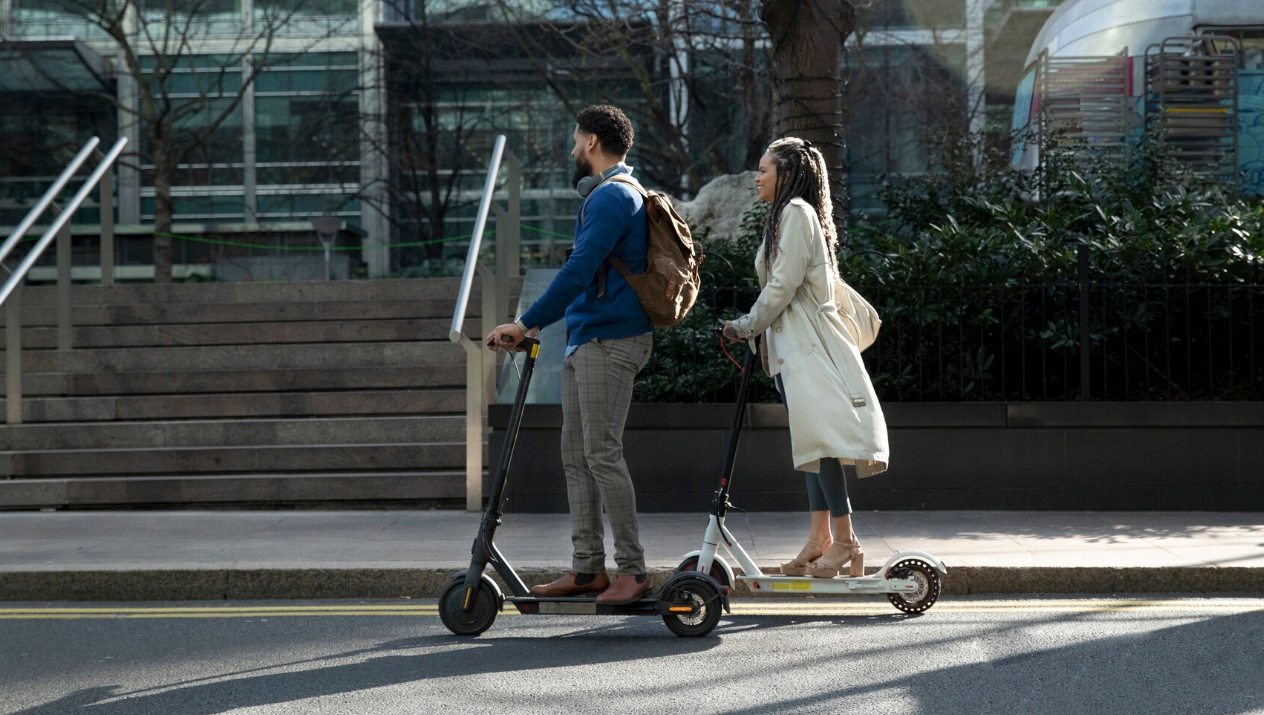
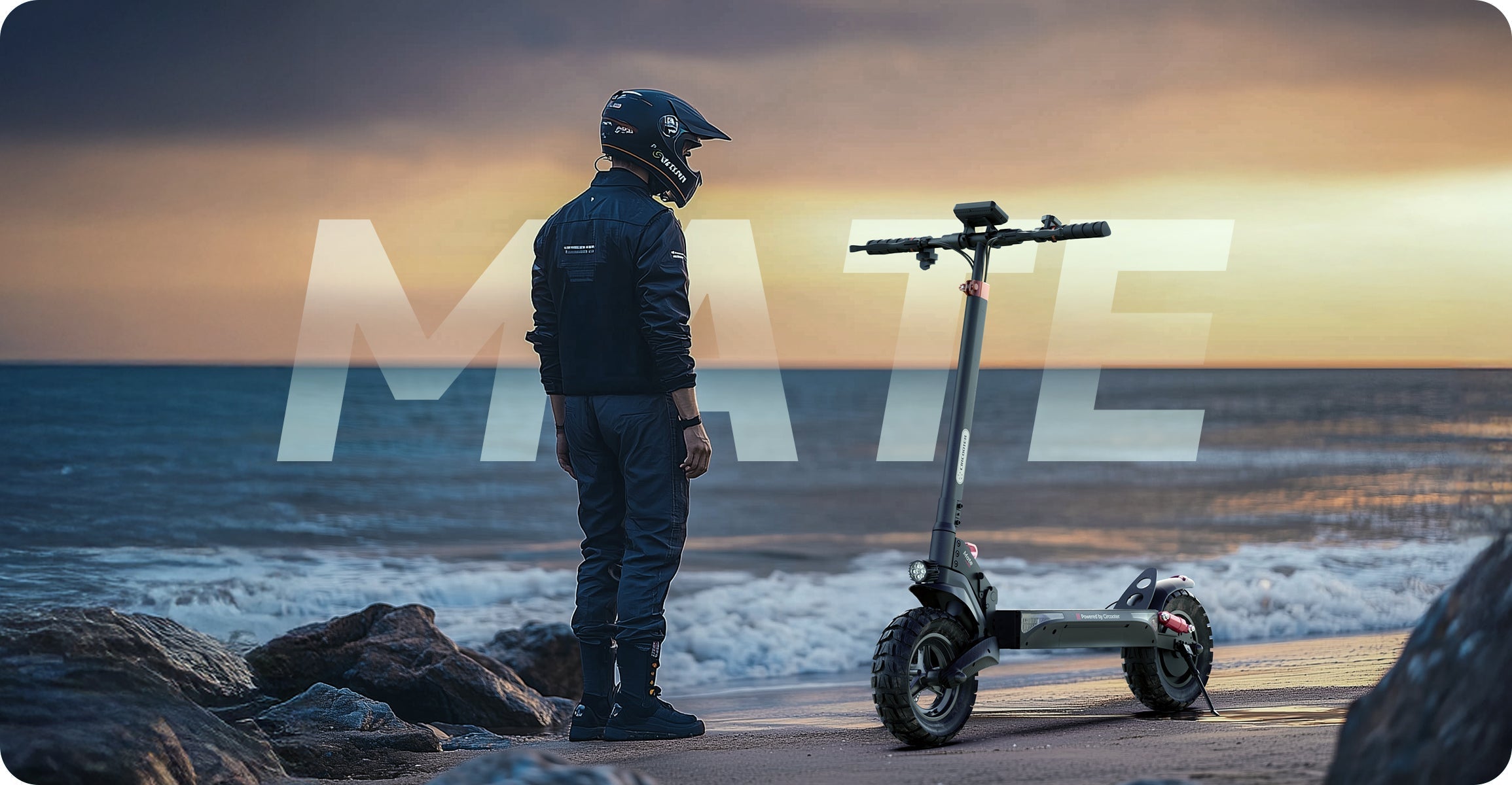
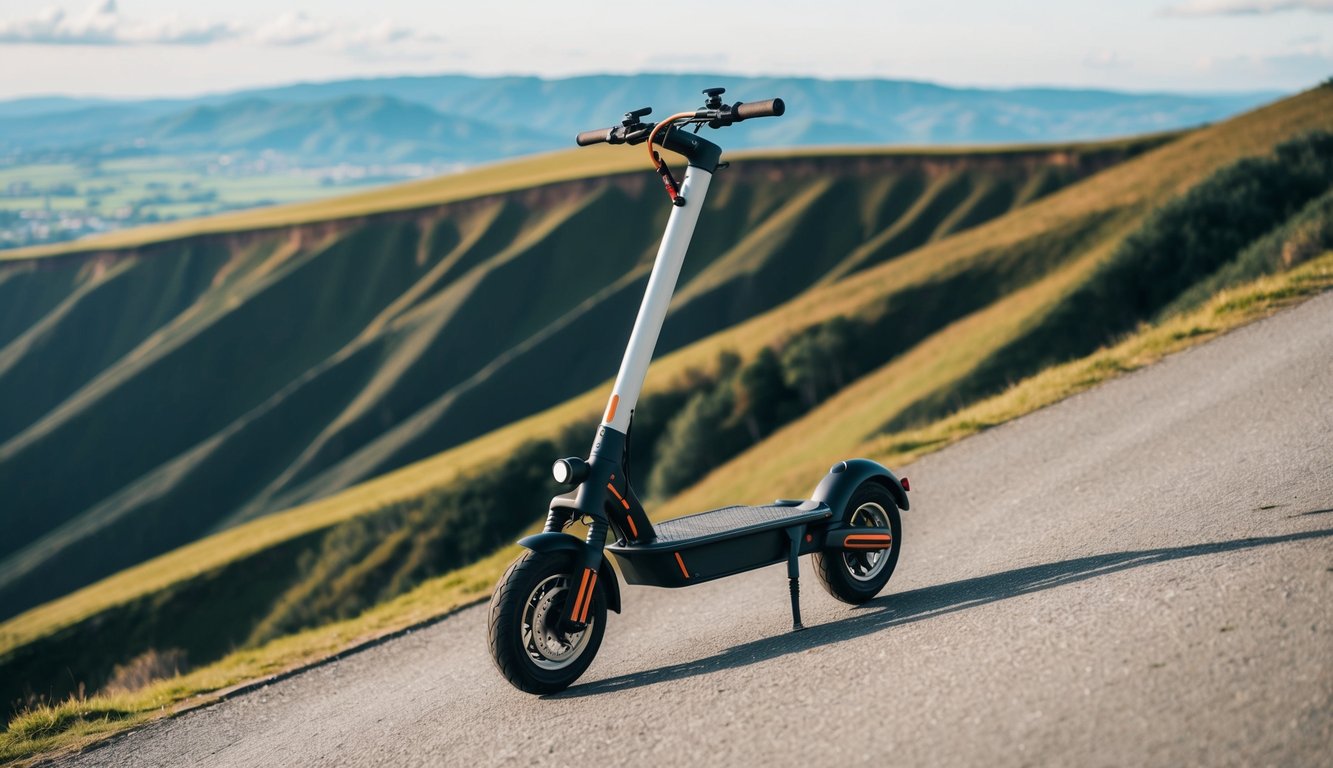

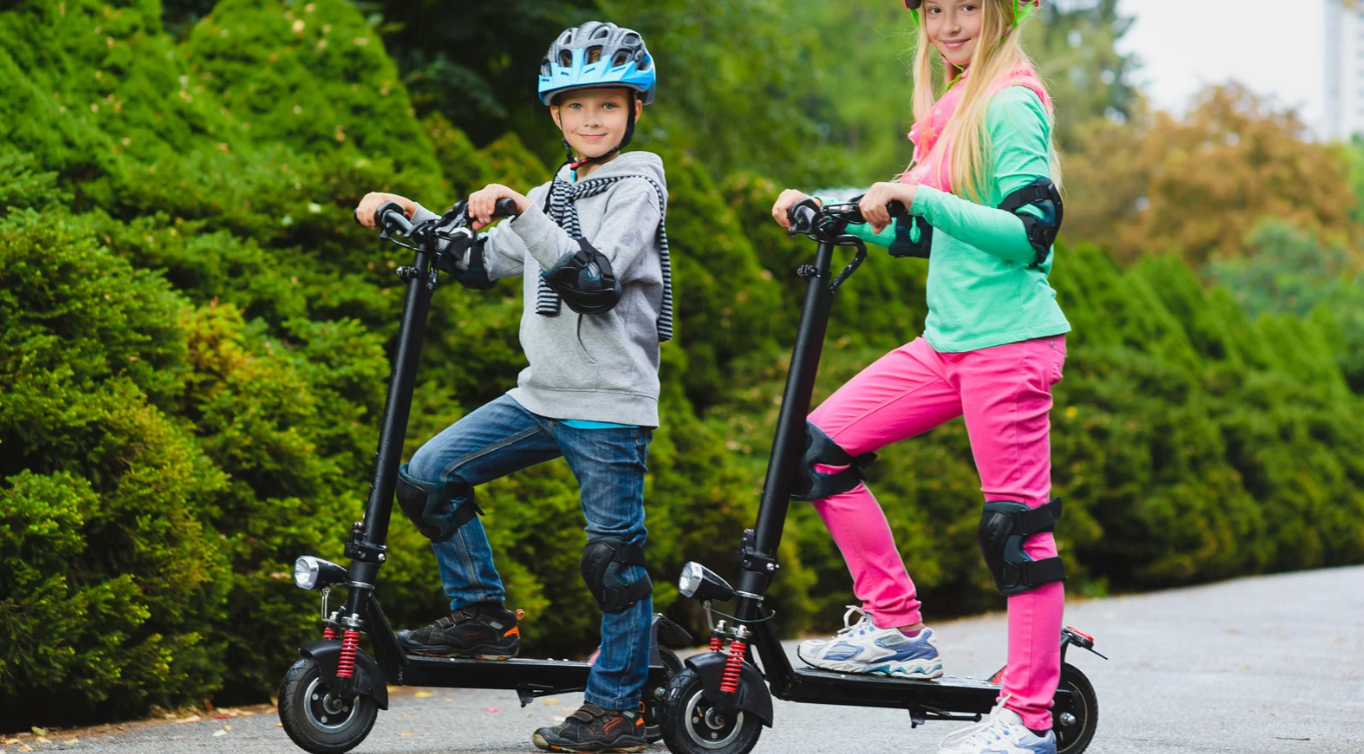
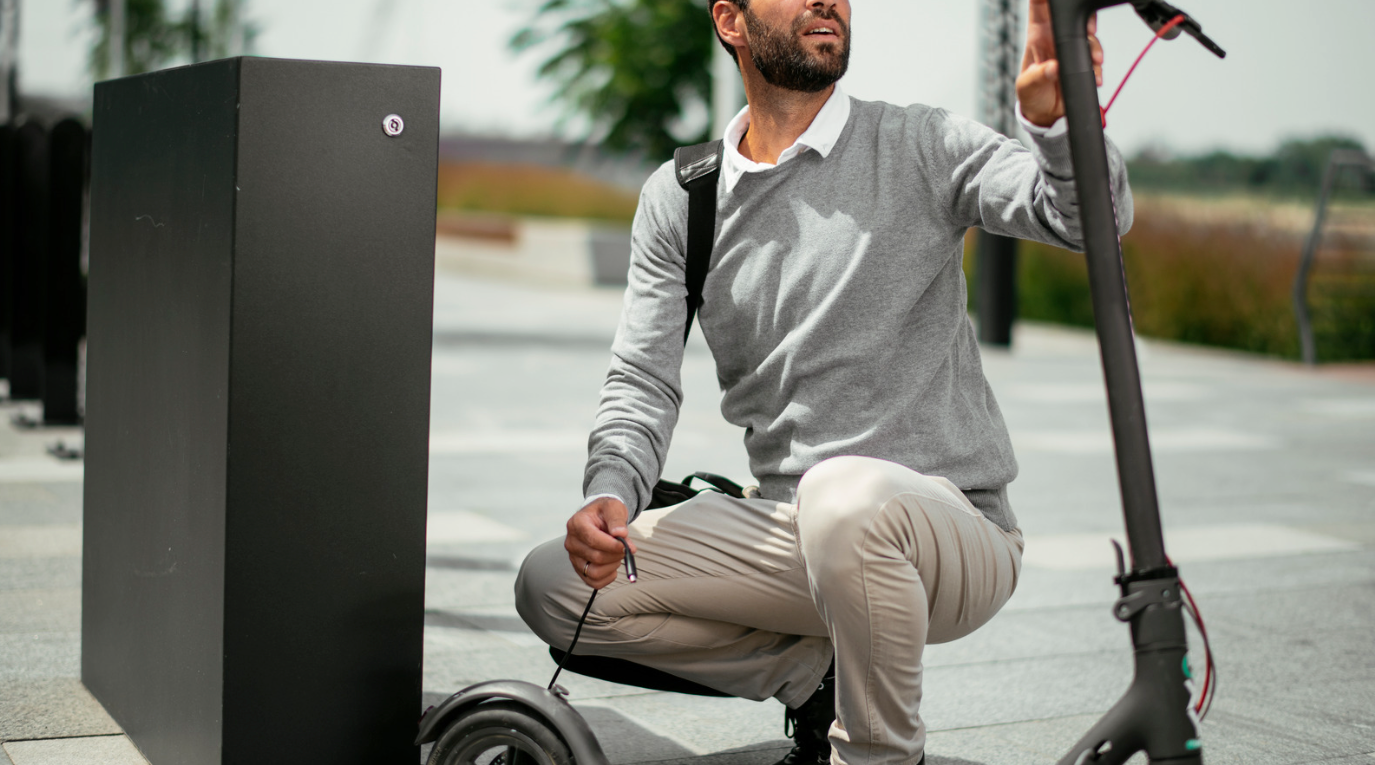



Leave a comment
All comments are moderated before being published.
This site is protected by hCaptcha and the hCaptcha Privacy Policy and Terms of Service apply.